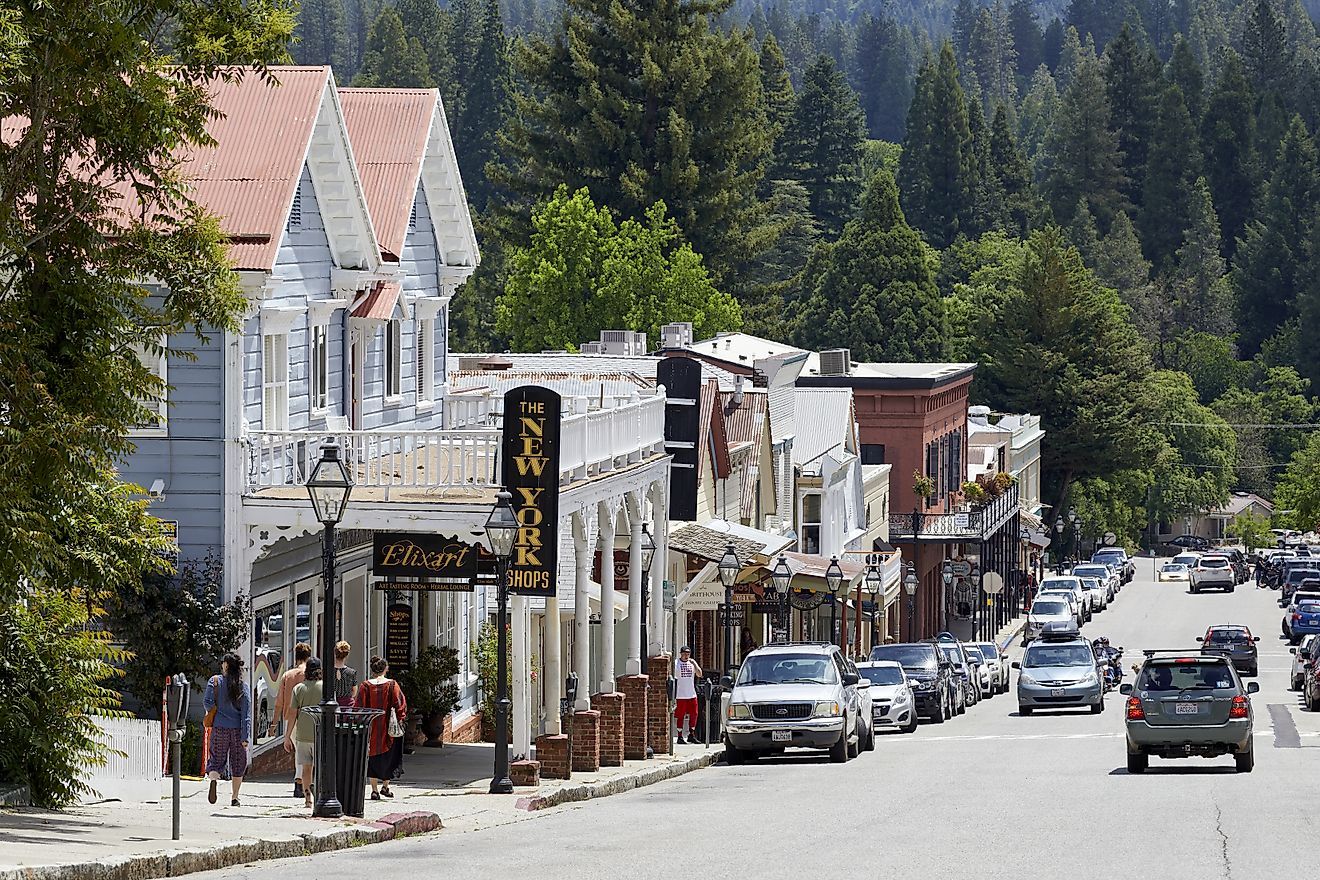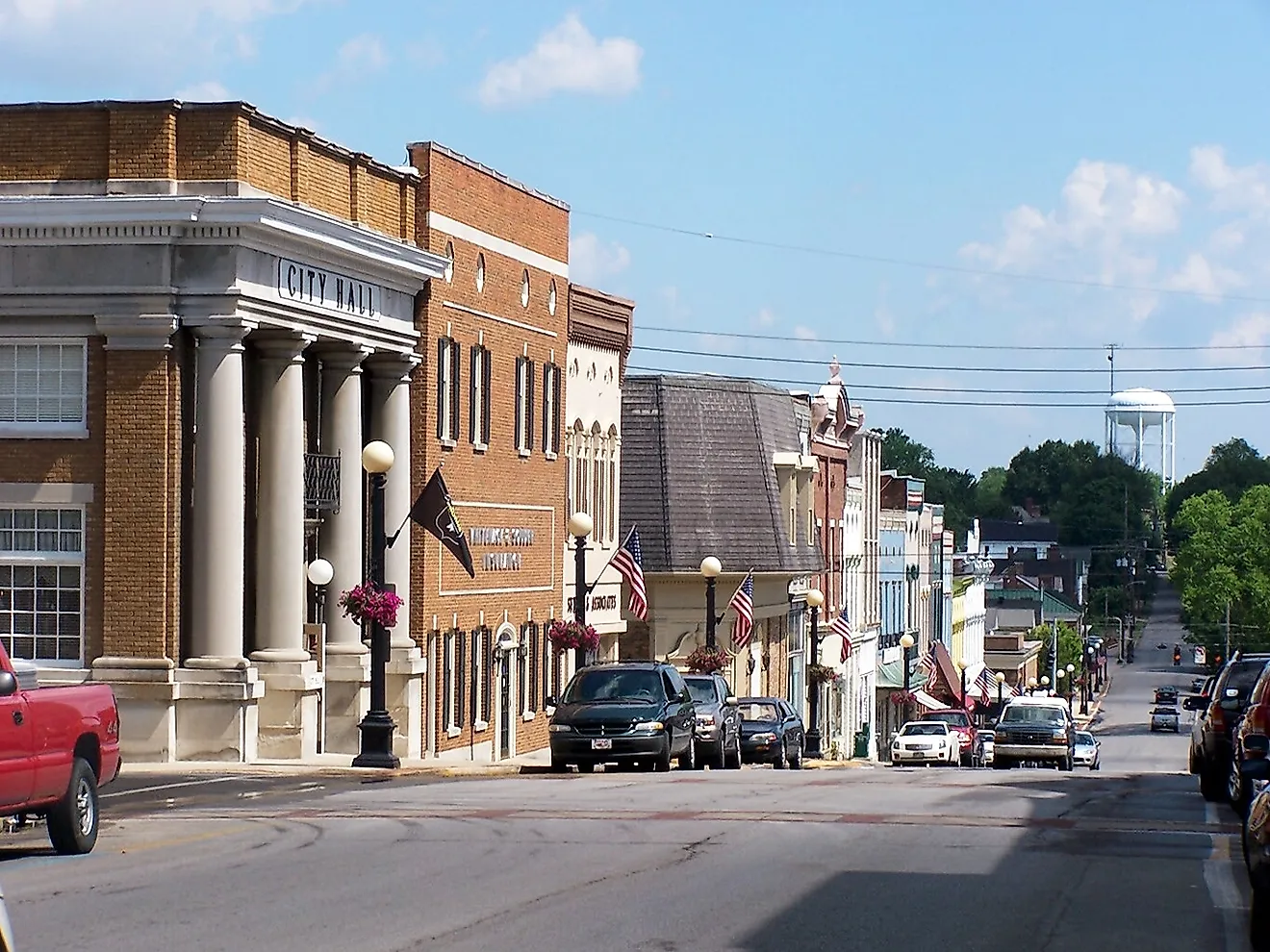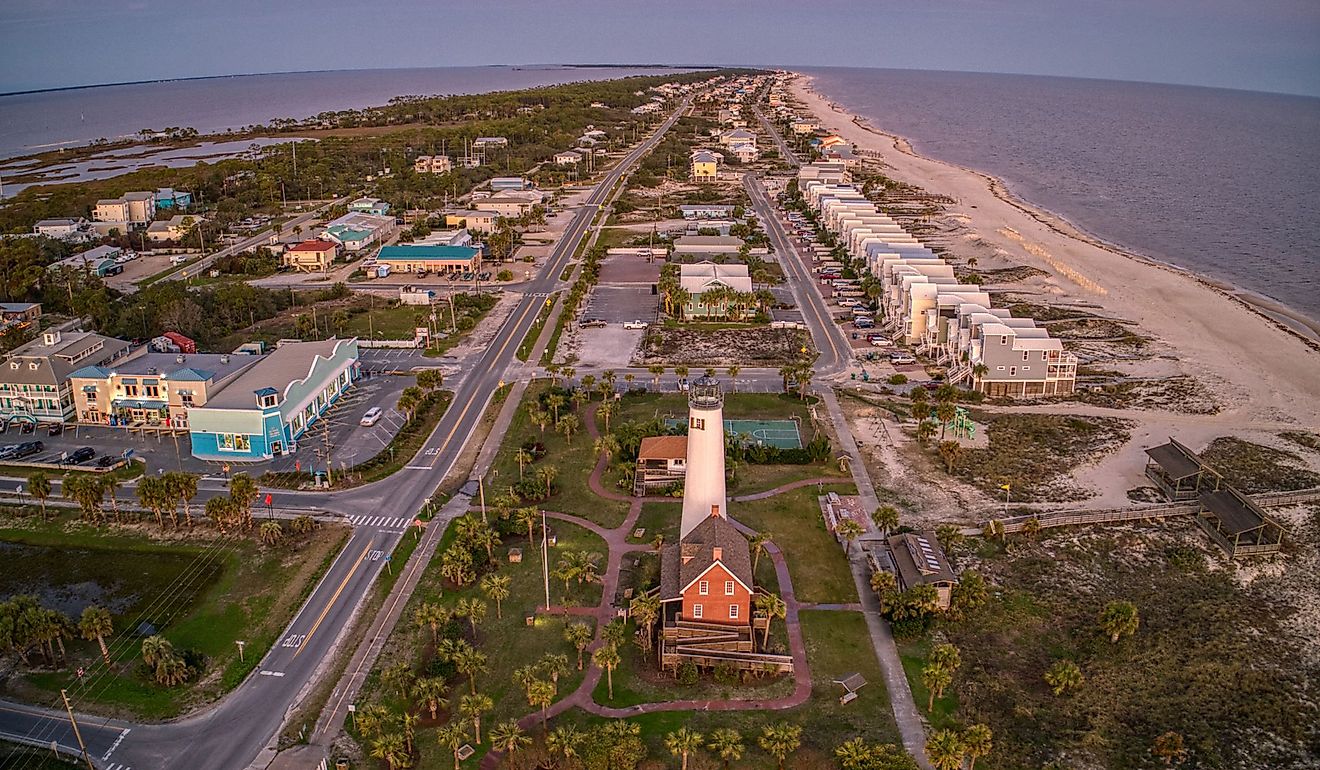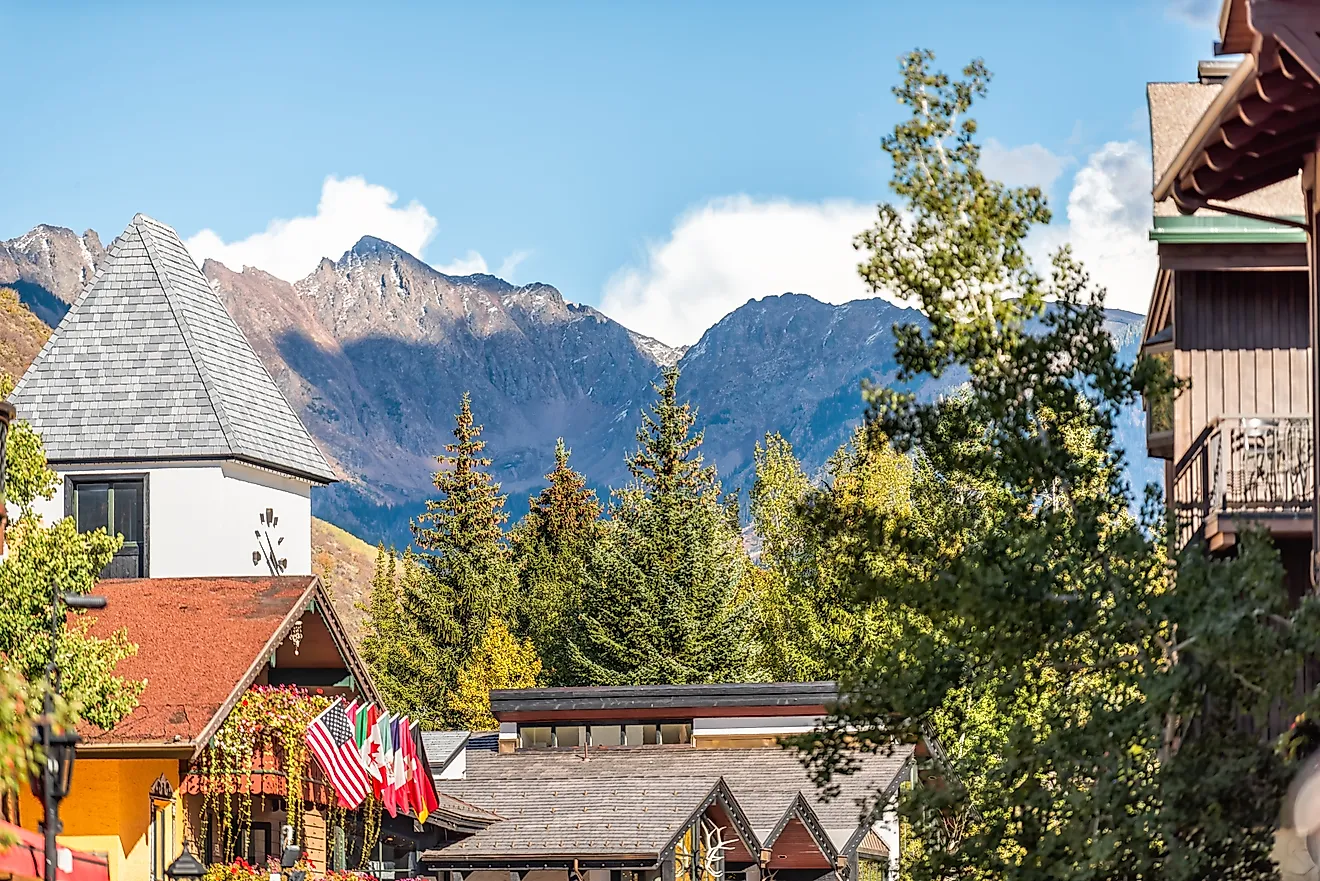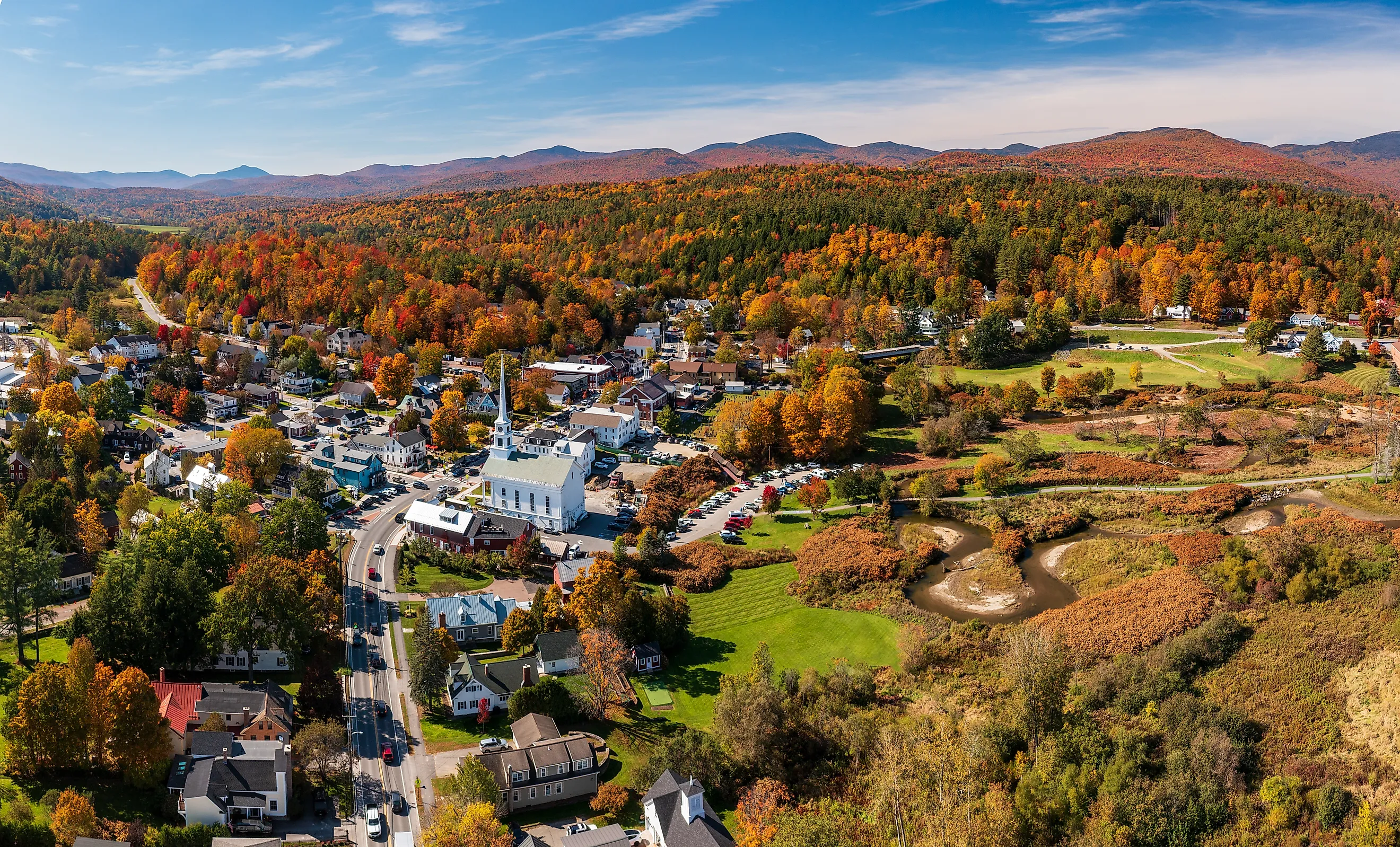
7 Cutest Small Towns In Vermont
Located on the southern border of Quebec, Canada, the state of Vermont is one of the smallest and least populated. Yet, Vermont remains a heavily touristed state, thanks to its natural mountainous beauty, the charm of its classic New England towns, and its rich history. Vermont is particularly renowned for skiing and for maple syrup. With such a small population, Vermont is home to many small towns and villages that are ideal for those seeking an escape from urban life and want to take it in the quaintness of Vermont’s towns. Here are some of the cutest small towns in Vermont for 2025.
Stowe
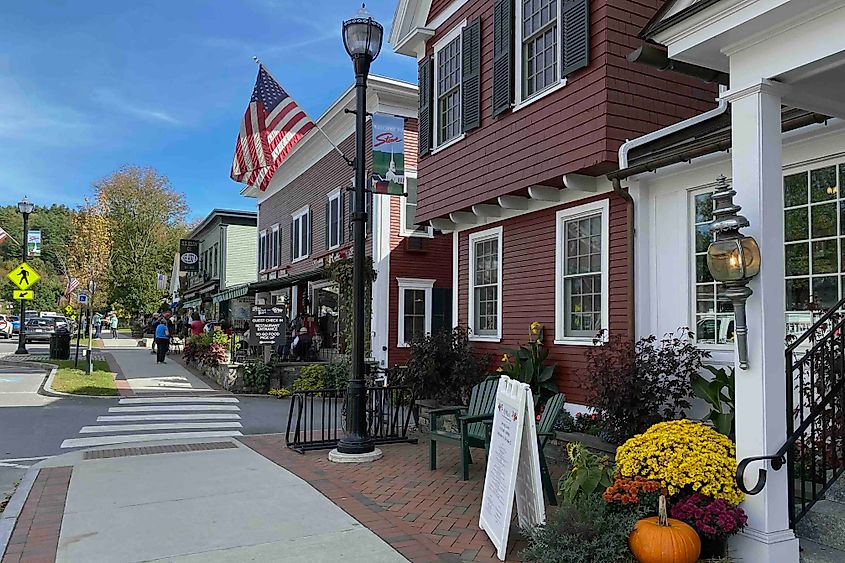
One of the best places for skiing, Stowe is a great destination no matter the season. Home to Vermont’s tallest mountain, winter sports do tend to dominate the culture of the town. Mount Mansfield, with a peak resembling a human face, is part of the Green Mountains. Aside from skiing, Stowe offers a great deal of outdoor activities year-round, including scenic treks along the 7-mile Stowe Recreation Path. There are ample opportunities for mountain biking, but for those who prefer quiet scenic drives, the Mt. Mansfield Toll Road offers spectacular views of the Stowe Valley.
For activities in the town itself, the area’s history is a big draw. Built in 1863, the Stowe Community Church is a classic New England white church, with a 170-foot steeple set against a view of the Green Mountains. The historic downtown showcases Greek Revival and Federal-style buildings. The Green Mountain Inn, built in 1833, remains one of the best places to stay in Vermont. The over 100 rooms are restored to preserve their historic look, and the Inn boasts the patronage of many U.S. presidents. Before their times as presidents, Chester A. Arthur and Gerald Ford both worked at the Inn, albeit over 100 years apart, respectively as an actor in a theatrical company and a model for a photo spread for Look magazine.
Grafton
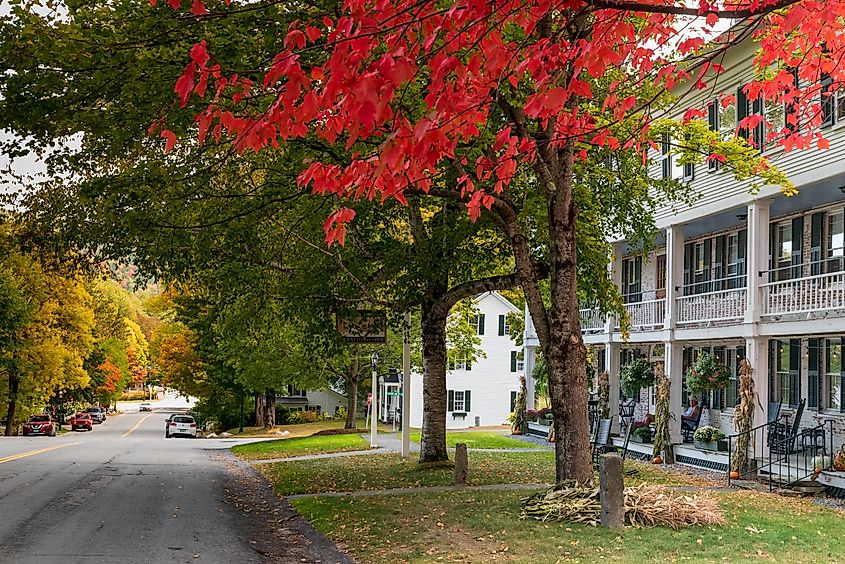
Grafton is a small village with a population of 645, situated in the mountains of southern Vermont. For a small place, Grafton nevertheless has many things to do, with its history, natural alpine beauty, and in the town itself, galleries, museums, shopping, and great places to eat. The Vermont Museum of Mining & Minerals offers a look at the region’s geological resources and mining history, while the Grafton Historical Society gives you an in-depth look at the area’s history. Part of Grafton’s charm is its status as one of the best-preserved villages in New England. It has a history of hospitality, serving as a stagecoach stop for trips en route to New York.
Much of the town was restored in the 1960s, and the Grafton Inn, first opened in 1801, still operates today, along with its Phelps Barn Pub. The historic Woodward House, built in the early 1800s, has been restored and operates today as an Airbnb. As a small village, Grafton is very walkable, and its shopping and restaurants are easily accessible and worth visiting. Many of the town's restaurants and specialty shops feature locally sourced goods, and a farmers' market operates from spring through autumn.
Chester
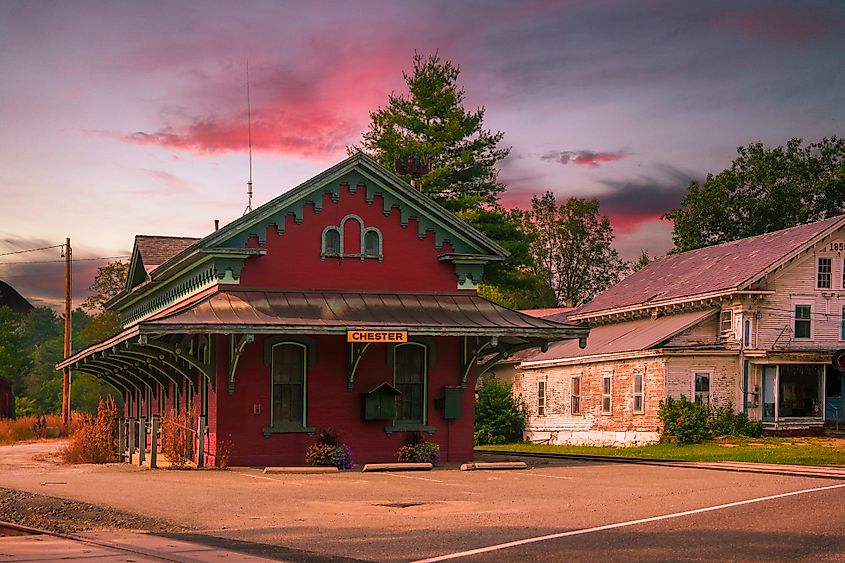
Chester is an idyllic small town in the southern part of the state, on the slopes of the Green Mountains. As such, Chester is known for its winter activities and sports. In the warmer months, there is still plenty to do, with numerous opportunities for hiking, cycling, and mountain climbing. Founded in 1754, the town’s history is a big part of its charm. Chester is renowned for its distinctive stone houses, built in the 1830s. A local granite quarry provided the building materials, making Chester a unique community in Vermont. Most of these houses are located in the aptly named Stone Village, the buildings were constructed in a symmetrical Greek Revival style, and the area is on the National Register of Historic Places.
The Stone Village Historic District forms the core of historical Chester. There are numerous shopping and dining options in the town, with a particular focus on antiques and artisanal shops. Chester’s main street, located in the former railroad hub called Chester Depot, is lined with galleries, auctioneers, and antique shops. Built in the late 1700s, Franklyn Farm Inn was the original stagecoach stop and is still in operation today. For food, there are plenty of pubs, restaurants, and cafes, including the restaurant at Fullerton Inn and the 1940s-era Country Girl Diner.
Bennington
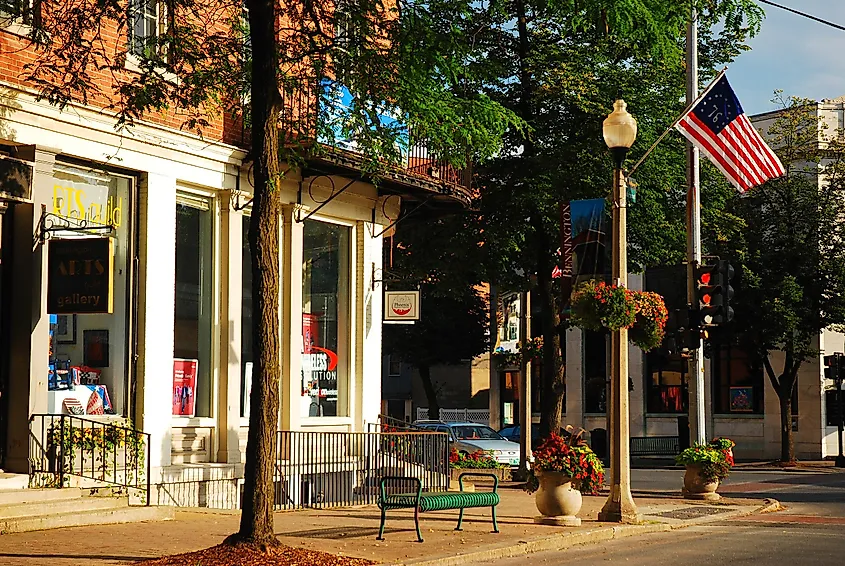
Bennington, a town of 15,333, is famous for its part in the Revolutionary War, especially the Battle of Bennington in 1777. Bennington was founded in 1749, and it is designated as Vermont’s oldest town. The beauty and charm come from the tree-lined streets and the remaining structures from various periods of its history. The 35-room Park McCullough Governor's Mansion was built in 1865 in the French Second Empire architectural style. The Mansion is now a museum and a rental facility for private events. There are many surviving houses from the late 18th and early 19th centuries, many of which are privately owned and used as residences today. If you’re lucky, you may even find one for sale, should you wish to relocate to Bennington’s historic New England atmosphere.
Surrounded by lush farmlands, much of Bennington’s food culture features farm-to-table fare. Every Labor Day Weekend, Bennington’s garlic festival, called Garlic Town, USA, takes place, featuring over 100 vendors, with music, beer, food trucks, and lots of food flavored with locally grown Vermont garlic. For places to eat and drink, there’s Madison Brewing Company Pub & Restaurant, a brew pub with a variety of craft beers, while Village Garage Distillery offers a range of distilled spirits and features a restaurant inside focused on barbecue and craft cocktails.
Woodstock
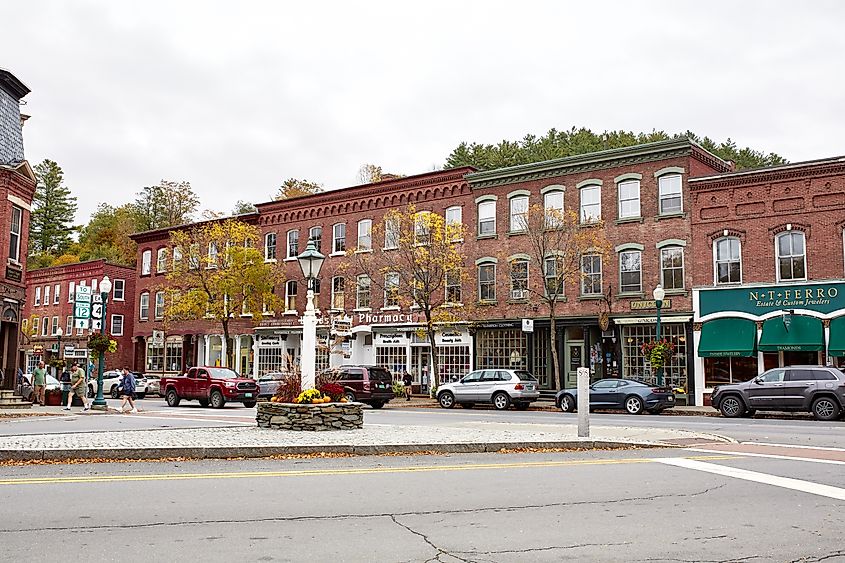
When people think of the ultimate New England town, chances are they’re picturing Woodstock, Vermont. Known for its covered bridges, the center of Woodstock, known as The Green, features restored homes in Federal, Greek Revival, and Georgian styles. First settled by Europeans in 1761, the town was incorporated in 1837, but was well underway at the end of the Revolutionary War in 1783. Located on the Ottauquechee River in almost the center of the state, this town of 3,005 has all the splendor of New England nature. Waterfalls along the river provided power for mills for manufacturing, making Woodstock an important part of the Industrial Age in the US. It was also an important rail hub, with the Woodstock Railroad opening in 1875. With all this history, the industrial decline of the 20th century made way for a tourism industry focused on charming small towns and American history.
In the town center, you can find many historical buildings, along with places to eat, shop, crafts, and antiques. Woodstock is often dubbed “the shire” of Vermont because of its small-town atmosphere, surrounded by picturesque farmlands. For outdoor pursuits in town, there is the Marsh-Billings-Rockefeller National Historical Park, featuring a 19th-century Queen Anne-style mansion surrounded by a vast green space and hiking trails. Within the town lies Quechee Gorge Village, specializing in cheese shops. For some local flavor, Cloudland Farm is a working farm that has a restaurant open on Friday and Saturday evenings in the winter and spring.
Manchester

Europeans first settled in the area around Manchester in 1764, with the town coming into existence in 1784. The surrounding countryside was better suited for grazing, and by 1839, the area had 6,000 sheep. With the railroad linking the town to New York, tourism became a crucial part of the town’s economy starting in the mid-19th century. Manchester’s setting between the Green Mountains and the Taconic Range, the natural beauty continues to draw tourists. Equinox Mountain, the highest in the Taconics, stands in the western part of town. Hildene, the estate of Abraham Lincoln’s son Robert, is located in the town, as is the American Museum of Fly Fishing. The museum is host to the annual AMFF Fly-Fishing Festival, with local food trucks, craft beer and cider, and a BBQ dinner, taking place in August.
For other food and drink options, Manchester’s location in the countryside provides local fare in the town’s restaurants. The Silver Fork offers American and International cuisine and is located in the old town library. For outdoor pursuits throughout the year, Manchester’s location in the mountains provides ample opportunities to explore the natural wonders of the area, with skiing and snowboarding in the winter, and hiking, fishing, and scenic drives throughout the warmer months.
Montpelier
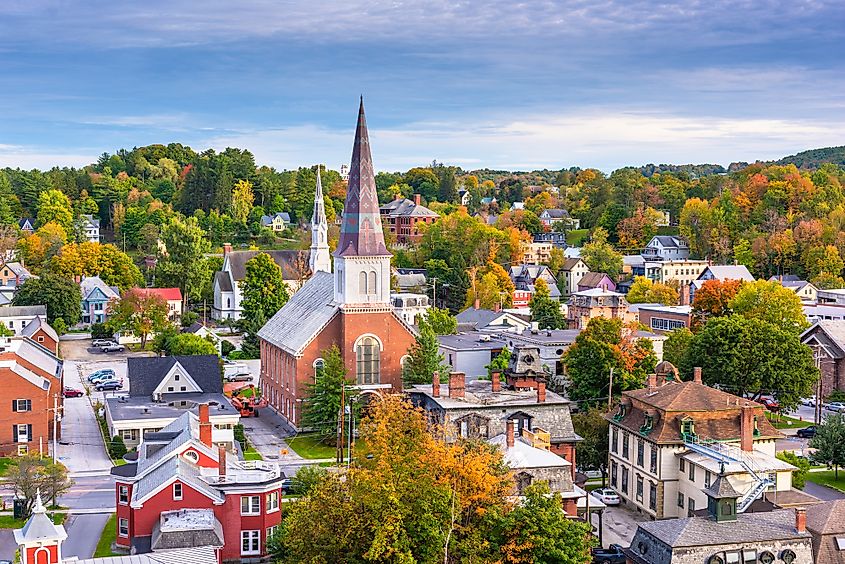
When people think of Vermont, one thing they definitely think about is maple syrup. Vermont is second only to Canada in maple syrup production, and it is an integral part of the state’s identity. Montpelier is the state capital, and at 8,074, it is the least populous state capital in the US. Its diminutive size helps Montpelier maintain the small-town New England charm people expect from Vermont, while still functioning as the seat of government. During the day, government workers commuting to the capital help swell the daytime population to 21,000. Montpellier is also home to the Vermont College of Fine Arts. The farmlands around the capital are dotted with maple farms, and Montpelier has many maple syrup attractions, including farm tours, sugarhouses, maple creameries, and tasting tours.
Founded in 1781, the actual date of settlement was 1787. Montpelier received a French name in honor of the French-American alliance during the Revolutionary War. The town became the state capital in 1805. Located on the Winooski River in the north-central part of the state, Montpelier’s size is a unique feature of the town. The town center offers walking tours of the historic town, and Montpelier is home to the Vermont Historical Society Museum. The Capital City Farmers Market is open from May through October, just west of the capital building, featuring local farmers and producers. An annual highlight of the autumn season is the Montpelier Fall Festival, centered on the Vermont State House Lawn and located throughout the town. Local businesses get involved, along with food trucks, performances, games, and other attractions.
The Charm and Beauty of New England Towns
Vermont has a reputation for individualism mixed with a determined community spirit. There are no large cities in Vermont, and it is renowned for its many small towns, exemplifying the allure of the New England town. With its natural, mountainous beauty, there are endless opportunities for outdoor activities in any season. However, one of the main tourist draws to the state is the towns throughout Vermont, all of which provide history, culture, and romantic small-town life. For Vermont, the local is everything, and the sense of community in the state’s towns makes Vermont an ideal destination.
